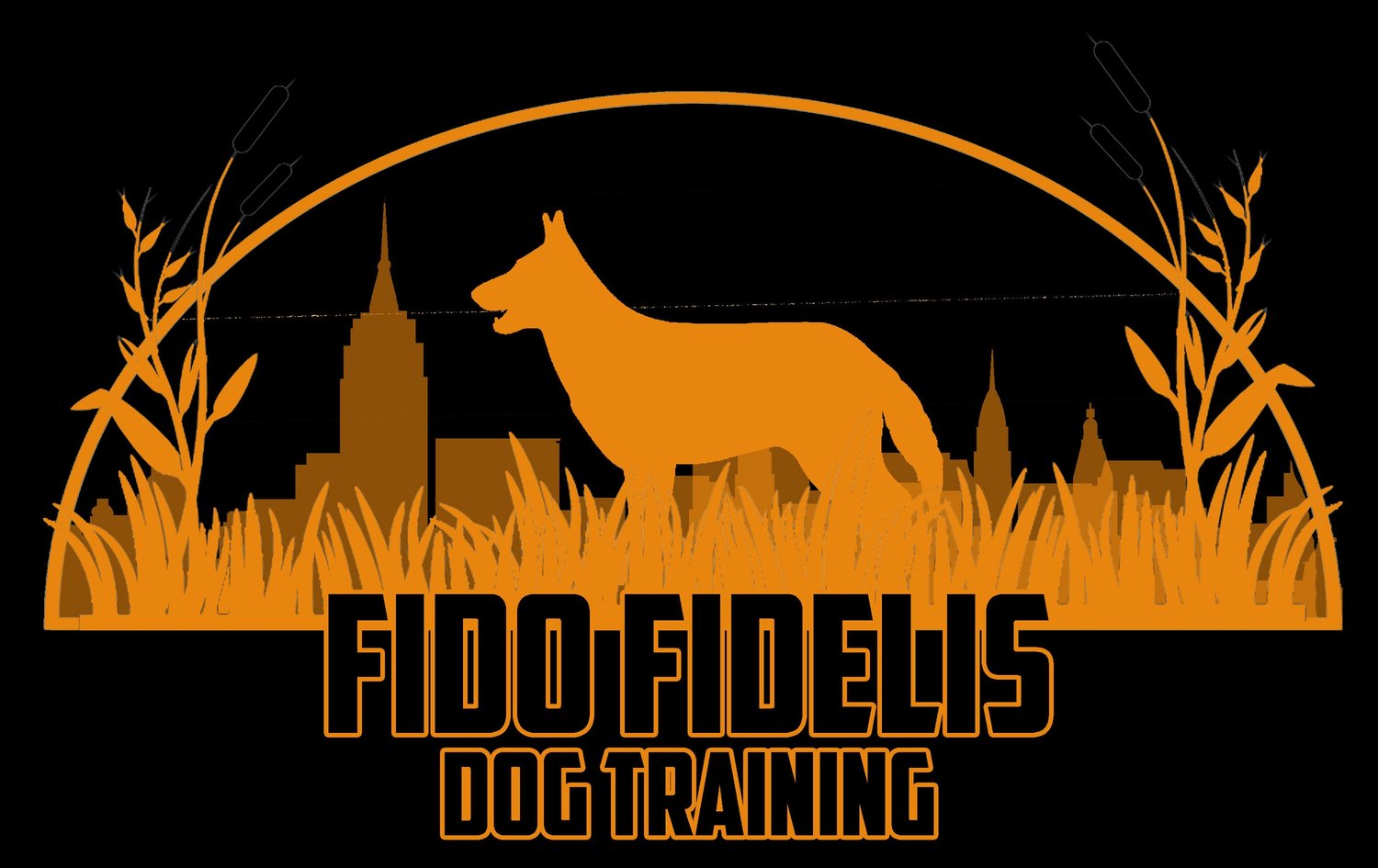As pet owners, we all love our dogs and want the best for them. However, sometimes our love and affection can lead us to baby our dogs, treating them like human babies rather than the intelligent and capable animals they are. While it may seem harmless, babying your dog can actually be detrimental to their physical and mental health. Here are some reasons why:
Lack of exercise: Babying your dog can mean treating them like a lap dog, constantly holding them or keeping them in your arms. While this may seem like a great way to show affection, it can actually prevent your dog from getting the exercise they need to maintain a healthy weight and stay physically fit.
Behavioral issues: When we baby our dogs, we may unintentionally reinforce bad behaviors, such as barking or jumping up on people. This is because dogs thrive on structure and routine, and when we treat them like babies, we can confuse them about their place in the household and what behaviors are acceptable.
Separation anxiety: When we baby our dogs, we may unintentionally create separation anxiety by never leaving them alone. This can lead to a whole host of behavioral issues, including destructive behavior and excessive barking.
Lack of socialization: When we treat our dogs like babies, we may inadvertently prevent them from getting the socialization they need to develop into well-adjusted adult dogs. This can lead to fearfulness and aggression toward other dogs and people.
Health issues: Babying your dog can also lead to health issues, such as obesity and dental problems. Giving your dog too many treats or human food can cause them to gain weight quickly, while not providing them with enough opportunities to chew on appropriate toys and bones can lead to dental issues.
To avoid these issues, it's important to treat your dog like a dog, not a human baby. This means providing them with plenty of opportunities to exercise, setting clear boundaries and expectations for behavior, and socializing them with other dogs and people. While it may be tempting to baby your dog, remember that they are happiest when they are treated like the intelligent, capable animals they are.
